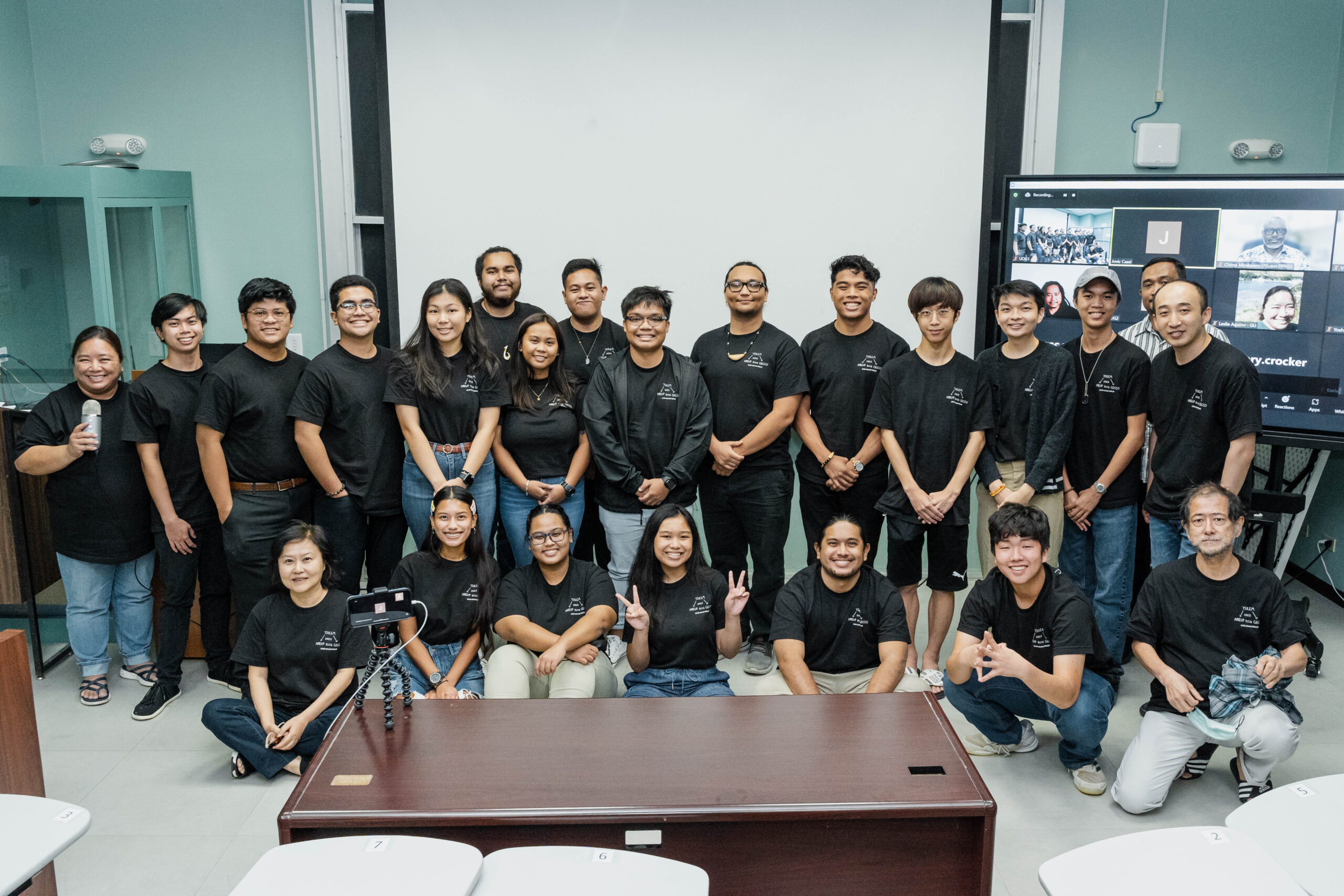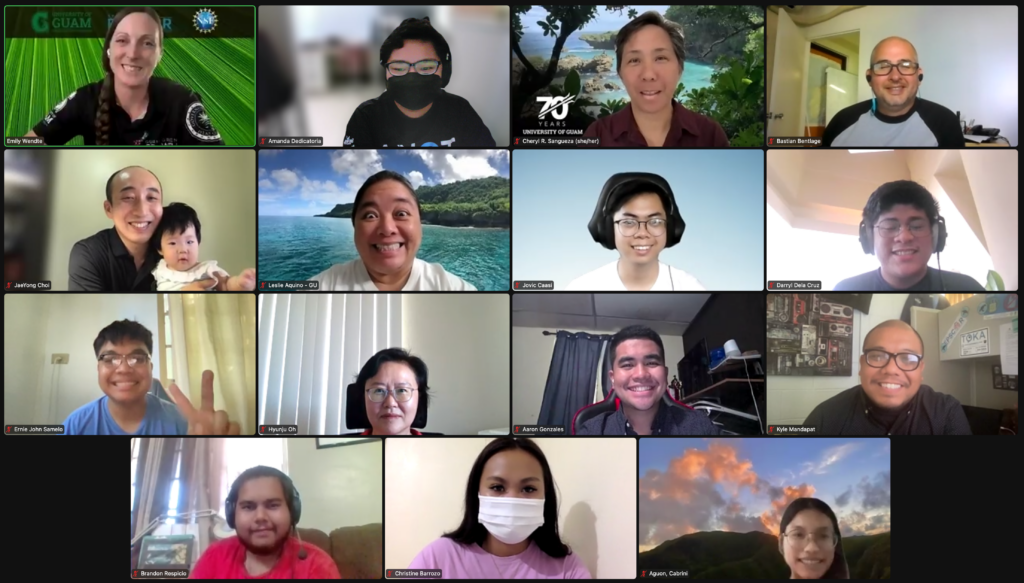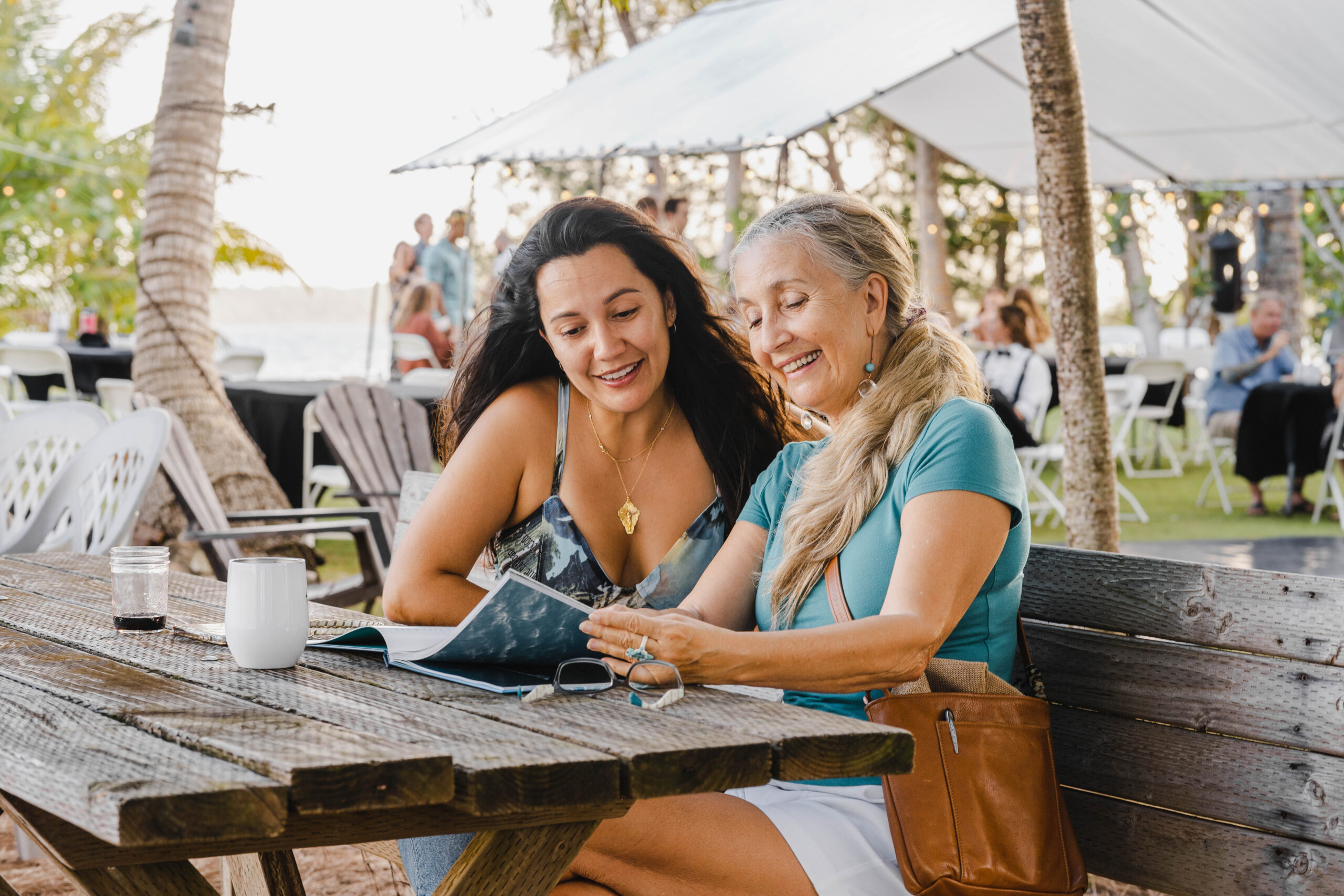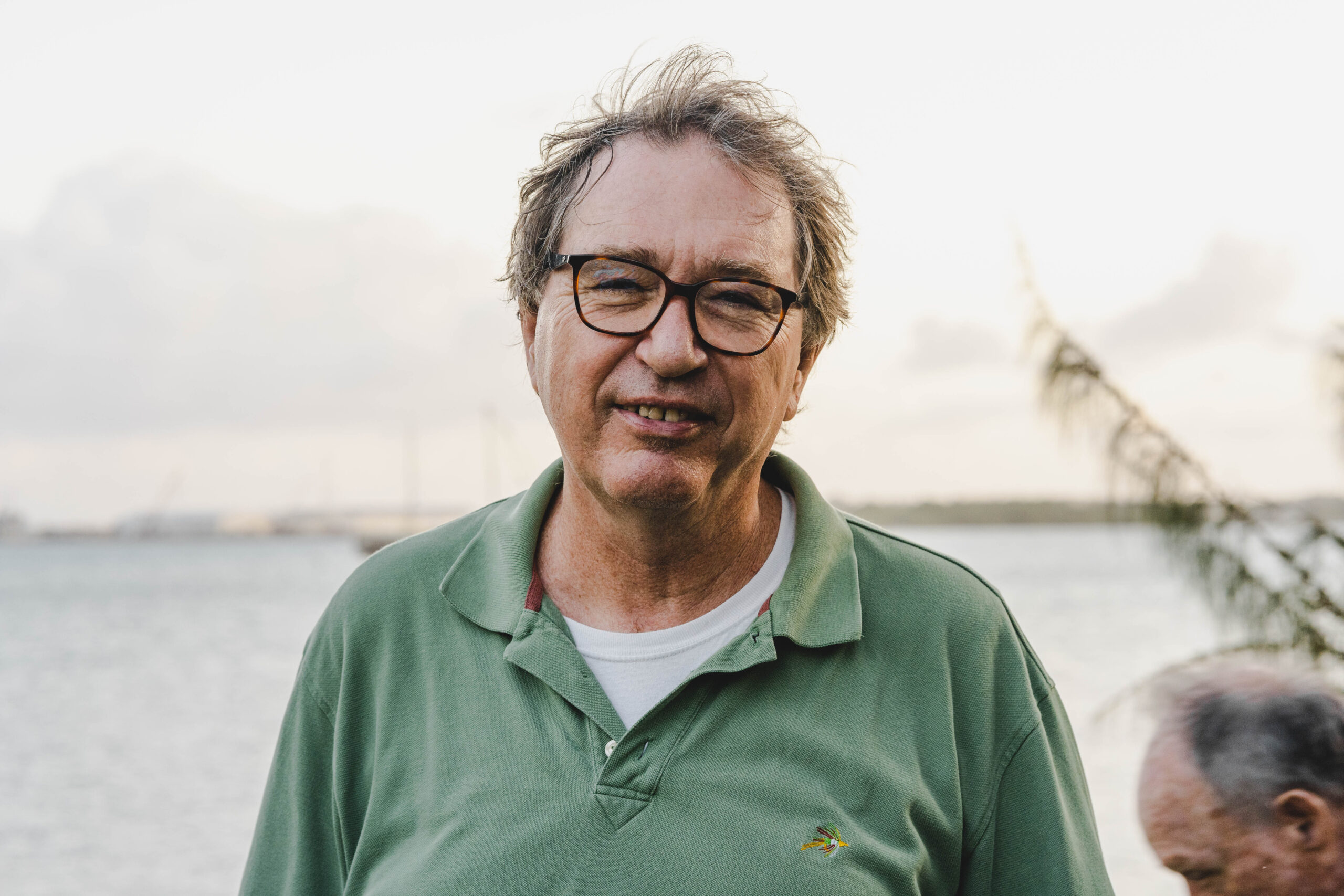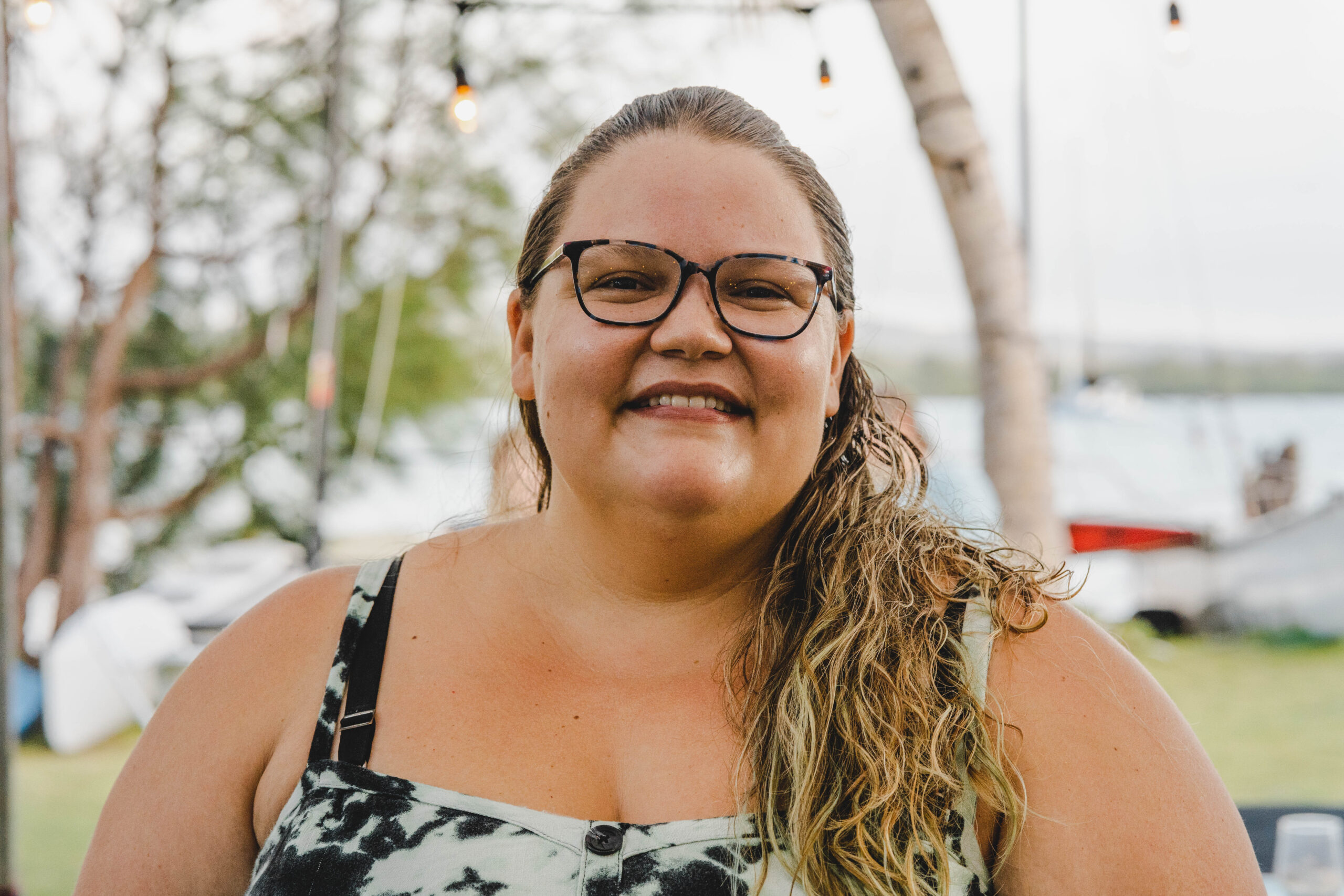

Two Guam-grown musicians talked story about their roots and culture as part of the second installment of the Guam Green Growth Makerspace’s “Seed Talk Sessions,” a series of developmental opportunities offered by the facility in which industry professionals engage island community members to stimulate creativity and encourage local entrepreneurship. The event took place at the facility’s innovation hub in the CHamoru Village on July 1, 2022.
Born and raised in Guam, Peter “Håle’” Cruz grew up listening to classic rock and eventually transitioned into creating reggae music. For five years, he played with local island band Table for Five. Upon moving stateside, Cruz joined Tribal Theory, a reggae group, and toured the United States, Guam, and Hawai’i. After departing Tribal Theory in 2019, he formed Håle, which focuses on Marianas reggae music and draws inspiration from the CHamoru culture and Guam.
Shiabe “Bok” Pangelinan grew up in Yigo in a musically talented family. The son of the late Frank “Bokonggo” Pangelinan, a traditional CHamoru musician, Pangelinan played the local music scene with D.U.B. and Soul Vibes. Much of his music is inspired by his CHamoru heritage and culture.
During their presentation at the G3 innovation hub, Cruz and Pangelinan shared guidance on how to be a successful musician on Guam. They discussed earning royalties, distribution, and general tips about the music industry.
“I wanted to talk about the life and the struggle of being someone who left Guam and trying to make it happen for themselves,” said Cruz. “I think that’s really important. If it wasn’t for that part of my life and being with the CHamoru community here, I don’t think I would be here.”
When asked about what advice they would give to aspiring musicians, Cruz and Pangelinan said to be driven and take risks when you can.
“Whenever you play, keep in mind that you don’t know who’s going to be in that crowd,” said Pangelinan. “It can be the worst gig, but you shouldn’t dismiss them. I’d play in random bars and people would ask me for my number and I’d have a better gig set up. A lot of the times people are scared, but when you push yourself to a point where you know what’s going to happen, it’s going to happen. You can’t second guess yourself.”




